Who did you work with?
My mother, Ruth Gibbs, is a professional photographer, so we did a workshop together and focused on the importance of framing a subject correctly and how where a subject is positioned within a photograph frame has a big impact on the feel and impact of the image.
What did you do:
On 2 June, my mother and I were hired to go and photograph and video a 12th birthday party and Bat Mitzvah celebration in North London.
Did you do research in advance?
- Name of artist: Ruth Gibbs
- What do they do - or create: Photographer
- Why did you choose to study them, what makes them so interesting to you: She is my mother and she has a great eye for detail and she has captured some beautiful images.
- Did they influence your own artistic development, tell me how: I think that she played a big part in my own artistic development as I have grown up, being surrounded by beautiful images, displayed on the walls of our house and in photograph albums and memory books which she has designed and created for us all.
- Where will you research: I will speak to her and ask her everything that I want to know.
- Did you find any information about them when they were young? Tell me anything interesting: She was born in Malawi, and lived there until she was 18. She says that it was growing up in such a beautiful country that inspired her to start photographing from a very young age.
- Did you find any information about their career/training paths? Tell me anything interesting: When she left school, she went to art college, and then university where she trained to be a landscape architect. She left full-time employment when I was born. Whilst being a stay-at-home mother and facilitator of our education (all four of her children are home-educated), she continued to do some freelance landscape architecture work, and found time to rediscover her passion of photography. She started photographing events such as birthday parties, family occasions, weddings, christenings etc. for family and friends, and then decided that being a professional photographer was what she actually wanted to do.
You have learnt a lot by reviewing this artist, has anything influenced your plans and/or your arts practice, explain how exploring their practice through research and working with them, has extended your own practice.
She makes me see things through different eyes. She draws attention to things that I may not have noticed.
List all the sources of information in a bibliography - include blog site references, and web site page references, and of course any book titles and magazine names.
https://lifeisinthedetail.net
Describe your experience:
This was an interesting and exciting project and it was a fantastic learning experience for me, to have ‘real life’ experience of clients.

How did you expand your artistic skills by doing this?How has this influenced your own arts practice?
I learnt about the main rules of composition:
- Fill the frame: Often the subject that we are photographing is a small part of the image, with no attention having been given to the edges of the frame. It is not always necessary to have the whole person within the photograph, but I need to be aware where the frame is ‘cutting them off’.
- Bull’s eye composition: I would use this to photograph a subject, close up, in the centre of the frame, especially where there is a strong symmetrical element involved.
- The rule of thirds: This is an extremely well established technique, and painters have used it for centuries. Its origins come from the golden ratio, which is a mathematical relationship found naturally in many things from sunflowers to spiral galaxies, and it is used widely in architecture, art and music.
- Negative space: Sometimes the space around the object you are photographing can add to the photograph, rather than detract from it, particularly if the rule of thirds is used.
- Using leading lines: You can use lines and shapes in the foreground to lead the eye towards the focal point of the picture. These can be difficult to pick out, without holding a camera to your eye.
I learnt that I should always pay attention to the edges of the frame. Does everything within the frame add to the image, or does it detract from it? Is the horizon straight? Would the image look better/different if I changed my vantage point/view. Maybe if I moved slightly one way, or the other, stood on a step, or sat or laid down, I would get a more interesting view/image.
I refreshed my knowledge on the using the rule of thirds. This is a powerful and traditional tool, which gives images more energy and retains people’s interest in them for longer. The rule basically states that everytime you frame a picture, you should imagine the frame divided into thirds, both horizontally and vertically, and that the focal point of the image should be positioned on one of the four ‘hotspots’ demarcated by the 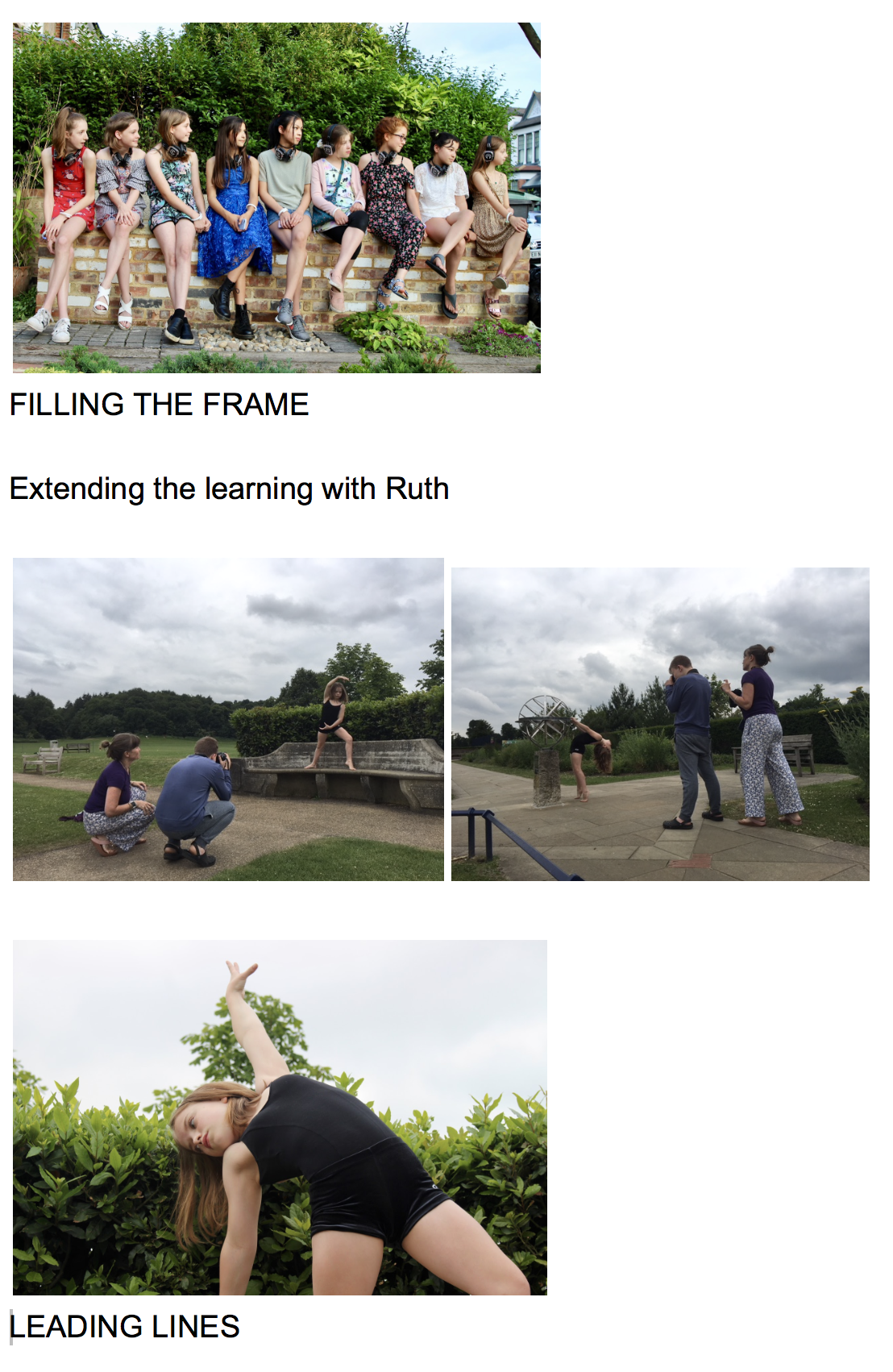 intersections of the imaginary lines.
intersections of the imaginary lines.
Did you create anything new or use this opportunity to create your final piece of artwork?
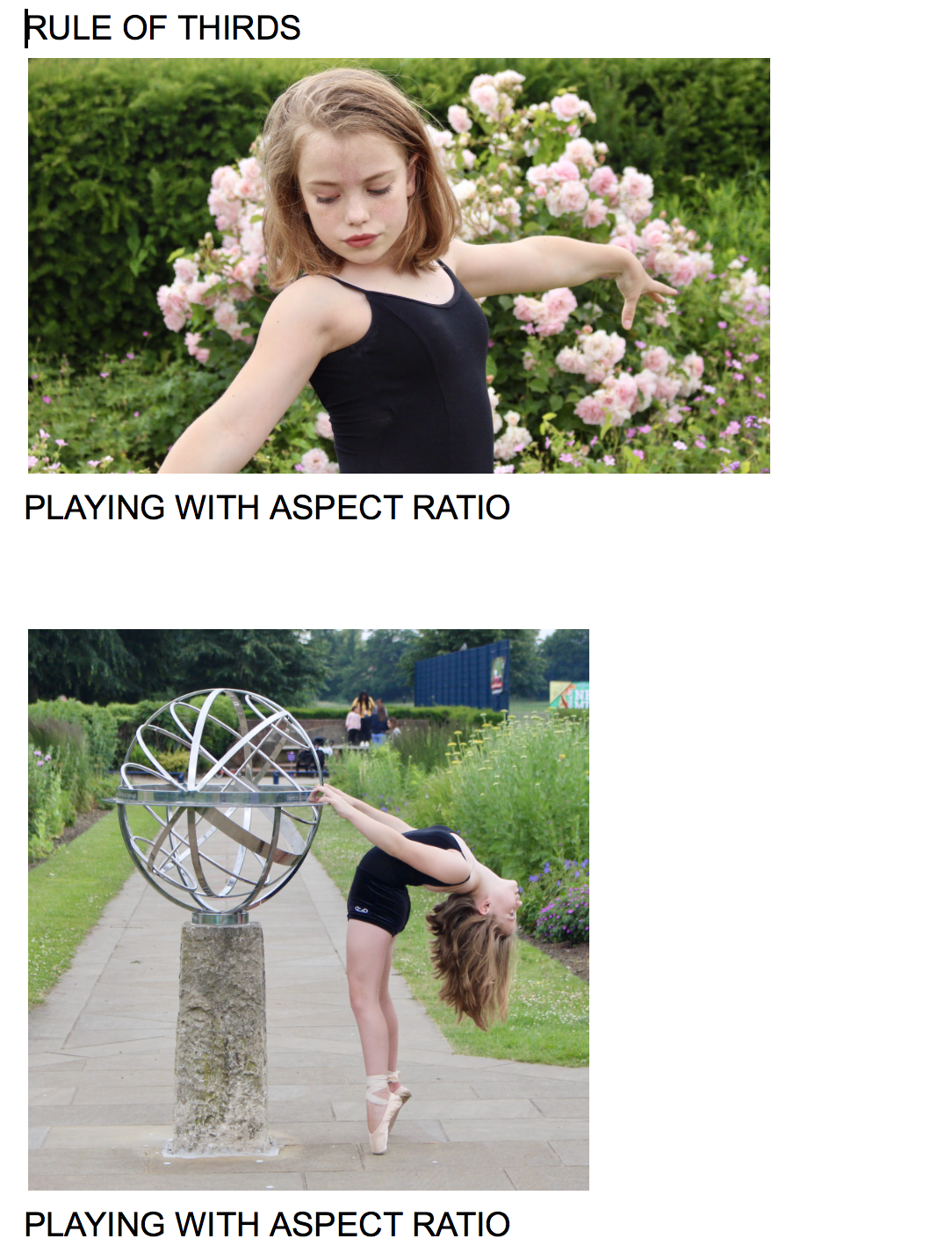



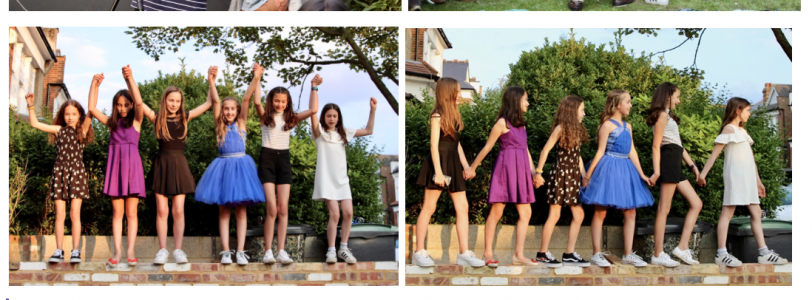




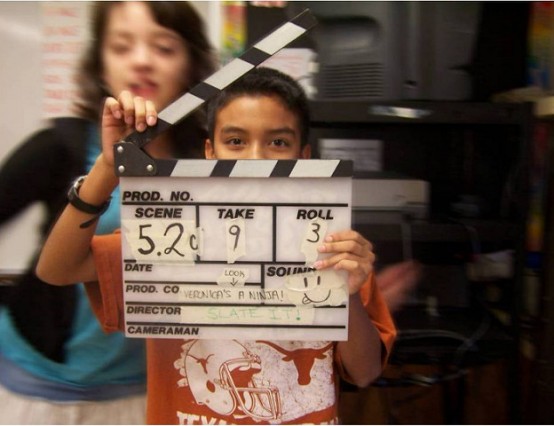

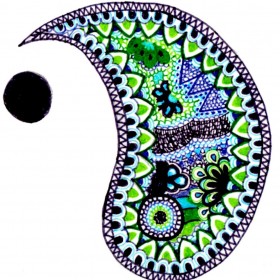


This is some really good work Oscar!